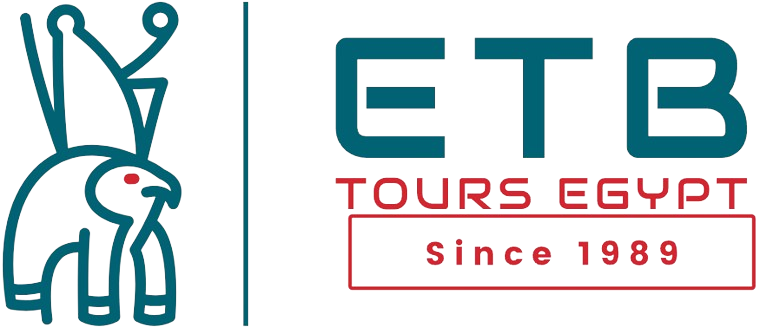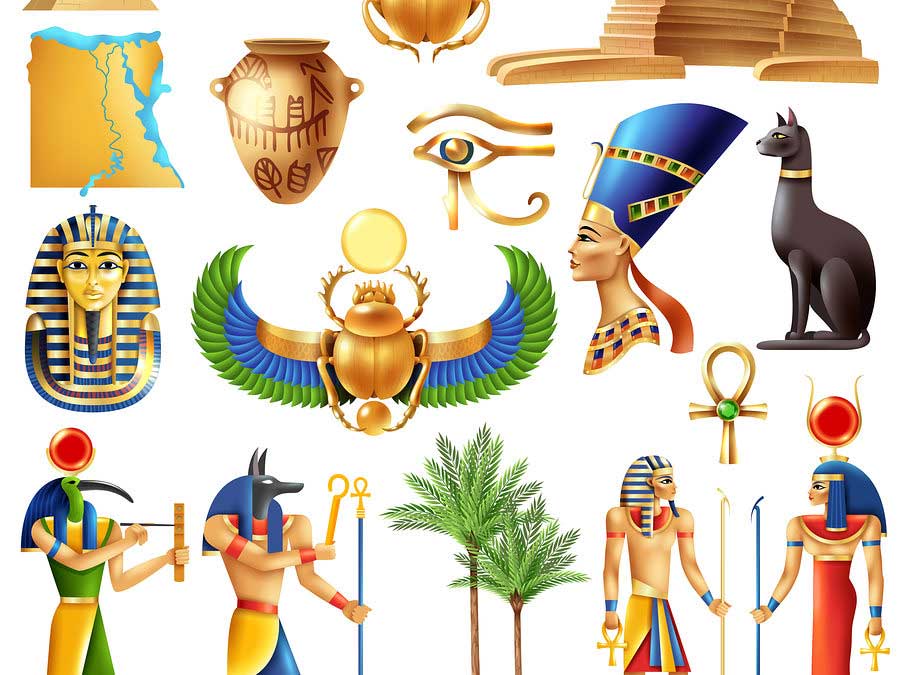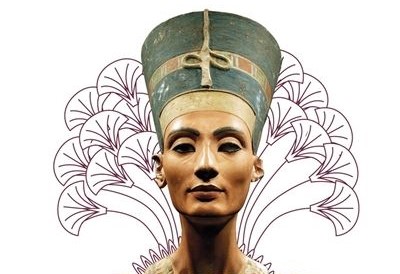Goddess Nekhbet | Egyptian Goddess
Nekhbet was often shown with her wings spread over the ruler, grasping the cartouche or various emblems in her claw. She was a woman with a vulture’s head wearing a white crown and was often shown suckling the ruler. El-Kab was the centre of Nekhbet’s cult but her main epithet made her the goddess of Hierakonpolis (or Nekhen), the ancient city opposite El-Kab on the east bank of the Nile.
Nekhbet was the patron of Upper Egypt the symbol of the “Two Ladies” in the Nebty name of the ruler, along with her counterpart Wadjet. She was often called “Hedjet” (White Crown) in reference to the crown of Upper Egypt and was often shown as a heraldic device for Upper Egypt. She was also the protector of royal children and in later periods of all children and expectant mothers.
Nekhbet was already popular in Predynastic Egypt but was specifically linked to the city of Nekheb (her name means “she of Nekheb”). By the early dynastic period Nekheb and Nekhen (the cult centre of Horus the Elder) had merged and Nekhbet and Wadjet were combined to form the Nebty name of the pharaoh. Her role as patron of Upper Egypt was established.
References in the Pyramid Texts (5th dynasty) show that Nekhbet was a creator goddess with the epithet “Father of Fathers, Mother of Mothers, who has existed from the beginning and is Creator of this World”. She was shown on the king’s Nemes headdress as a vulture or a snake and from the 4th dynasty vulture headdresses were worn by great royal wives.
 English
English  Spanish
Spanish  Chinese
Chinese  French
French  Portuguese
Portuguese  Italian
Italian  Russian
Russian  Czech
Czech  German
German  Japanese
Japanese 







